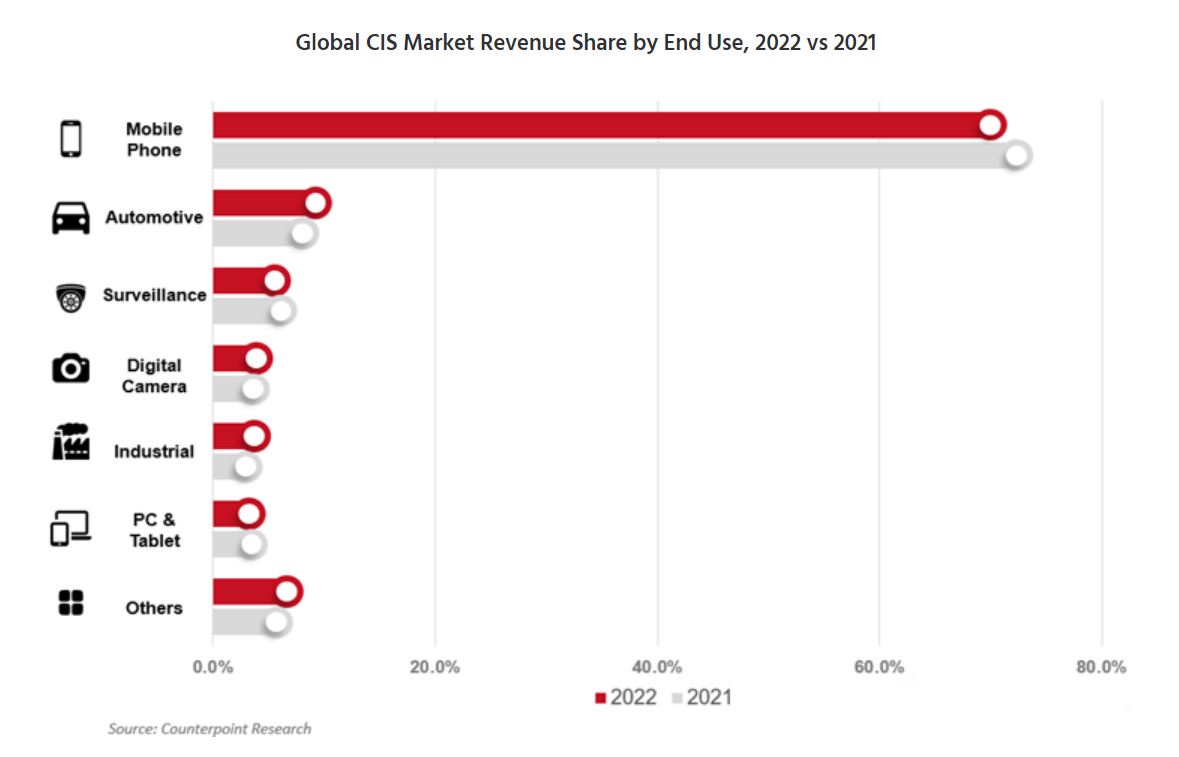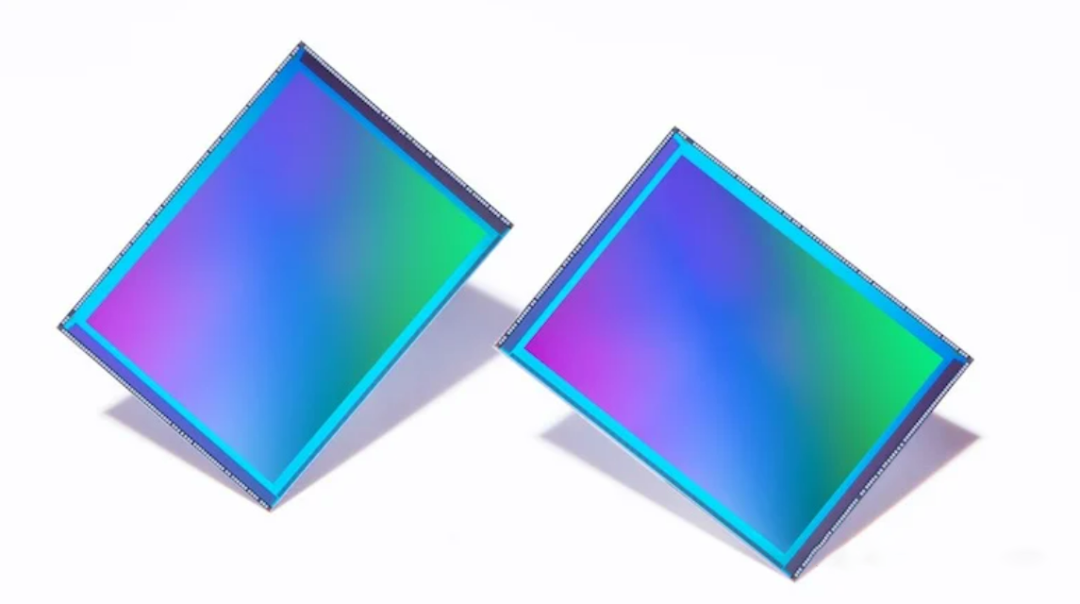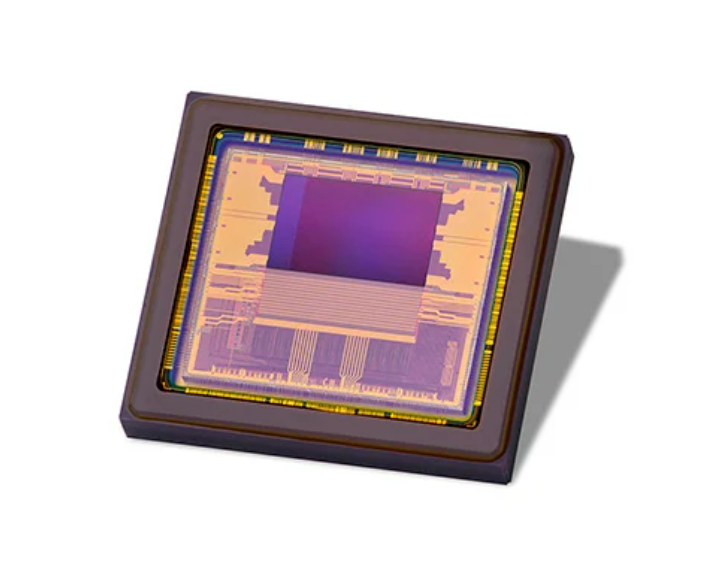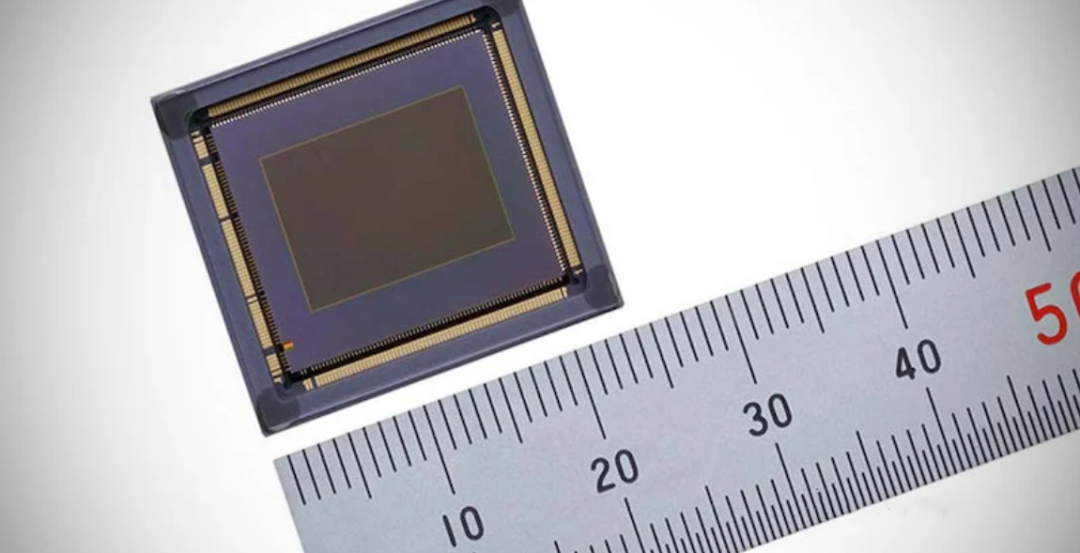Date:2023-03-13 11:43:10 Views:710

Global CIS market revenue declines 7% YoY to $19 billion in 2022.
The mobile segment enters a period of contraction as CIS revenue share falls below 70%.
Automotive CIS share rises to 9%, driven by strong demand for ADAS and autonomous driving.
Share in the surveillance and PC and tablet segments fell due to weak demand in the post-COVID era.
We expect growth to return in 2023 at a low single-digit rate amid improving smartphone markets and continued automotive growth.
Last year proved to be a tough year for the global CMOS image sensor (CIS) market. According to Counterpoint Research, its revenue declined year-over-year for the first time in a decade to $19 billion, down 7 percent. Sluggish demand in the cell phone, surveillance, and PC and tablet segments contributed to the market's weaker-than-expected performance.

Mobile Phone Segment
Global handset shipments fell 12 percent year-over-year in 2022 amid an unfavorable macroeconomic environment. The average number of cameras per handset also declined to 3.5, with reduced adoption of depth lenses and macro lenses. This dragged down CIS market revenue for handsets to $13.2 billion, down 10% year-over-year. The segment's market share also fell to below 70%. Contraction will continue in 2023 due to lack of growth momentum and share gains in other segments such as automotive and industrial.
Personal computers and tablets, surveillance segment
After being driven by online education and work from home during the COVID-19 pandemic in 2020 and 2021, the PC and tablet market declines sharply in 2022 as the world gradually returns to normal and demand begins to wane in the post-COVID era. The surveillance market also grows in 2020 and 2021 due to growing demand for smart cities, smart transportation, and contactless human temperature monitoring during the pandemic. However, the market begins to shrink in 2022 as the tide ebbs. As a result, both CIS market segments saw year-over-year revenue declines.
Despite all the headwinds, revenues in the automotive, digital camera, and industrial segments are growing, driven by strong demand.
Automotive segment
As the automotive industry moves towards advanced ADAS and autonomous driving, vehicles require more cameras to capture sufficient road information and improve safety and convenience. 23% penetration of L2 and above passenger vehicles by 2022 fuels growth in automotive image sensor shipments. As a result, the automotive segment's share rises to 9% in 2022, second only to cell phones. As autonomous driving moves to a higher level, the market is expected to see explosive growth in the coming years.
Digital Camera Segment
Digital camera share also increases year-over-year in 2022 as rising average selling prices (ASPs) compensate for declining shipments. pent-up demand due to travel restrictions and supply chain shortages in 2021 also contributes to this growth. We expect the market to remain relatively stable in 2023 as demand tapers off.
Industrial Segment
CMOS sensors have become increasingly important in modern factories in recent years. They are widely used in manufacturing, logistics, quality inspection, and other activities. Industrial image sensors are growing steadily in 2022, driven by strong demand for smart factories and industrial automation.
Other market segments
Other segments such as AR/VR and IoT also show growth in 2022, but these markets remain small.
Looking ahead to 2023, we expect a slow recovery in the global CIS industry, with low-single-digit year-over-year growth driven by strong demand in the automotive and industrial markets and a modest recovery in the cell phone market. However, geopolitical conflicts, global inflation and the macroeconomic environment remain uncertain.
Leveraging CMOS and advanced pixel merging technologies, the industry is delivering image sensors for use cases such as ADAS, smartphone cameras, surveillance systems, and more
With advances in CMOS and pixel merging technology, companies are now making image sensors that eliminate motion artifacts and have higher resolution, better dynamic range and higher performance.
This article discusses some of the new image sensor products that have recently been introduced to the industry.
Pixel merging technology comes into focus
Because a small pixel size cannot capture as much light, creating a super pixel with pixel merging technology solves this problem. Pixel merging is the process of acquiring adjacent pixels in an image sensor and grouping them together to form superpixel clusters. More importantly, pixel merging technology increases the light sensitivity of the pixels to produce sharper, low-light images with less noise.

Close-up view of the ISOCELL HP2 image sensor
Samsung recently used its pixel merging technology, Tetra2pixel, to make the ISOCELL HP2, a 2-megapixel image sensor that enables handset manufacturers to develop devices such as smartphones with higher resolution cameras. be applied to 108 MP main smartphone cameras.
Samsung's Tetra2pixel technology enables the image sensor to work optimally under different lighting conditions, including low-light environments. For example, in low-light environments, the ISOCELL HP2 automatically combines adjacent pixels into one, allowing it to operate as a single 1.2 μm-sized pixel (50 MP) or 2.4 μm-sized pixel (12.5 MP).
The number of electrons that can be absorbed by a single pixel in an image sensor decreases as the pixel size decreases. This affects the quality of color reproduction of the captured image. To improve the performance of the image sensor by 33%, Samsung Electronics has adopted Dual Vertical Transmission Gate (D-VTG) technology, which allows pixels to store more electrons and eliminates the production of faded images when operating in bright environments.
Samsung has also incorporated a Super QPD feature into the image sensor. This allows the sensor to use its 200 million pixels to focus proxies in low-light conditions. isocell HP2 has a high frame rate and reduced shutter lag. This makes for a faster photo experience. Samsung's latest smartphone, the S23 Ultra, features an image sensor.
Motion artifacts can occur due to the relative motion between the object and the time-of-flight (ToF) image sensor. To eliminate motion artifacts in ToF cameras, Teledyne introduced the Hydra 3D+, an image sensor with an integrated 10 μm three-dot pixel and excellent demodulation contrast.

The Hydra 3D+ is an 832 x 600 pixel resolution CMOS image sensor for 3D inspection and measurement. The device offers high sensitivity in the near infrared (NIR) wavelength range.
According to the company, Hydra3D+ can capture fast-moving objects in real time at short, medium and long distances with no motion artifacts. As a result, the device can be used in automated guided vehicles, surveillance, robot navigation and factory automation.
Key features of the image sensor include on-chip multi-system management, powerful on-chip high dynamic range (HDR) and programmable exposure time. With the new ToF sensor, consumers can enjoy the highest level of 3D performance for 3D measurements, with uncompromised image quality in 2D and 3D modes, at all distance ranges and conditions, even when multiple systems are operating or in outdoor environments, the company said.
Meanwhile, Canon released a 1.0-inch backlit stacked CMOS image sensor in January that is targeted at surveillance applications. Like Teledyne's Hydra3+ image sensor, Canon's new image sensor can capture images without motion artifacts.
Conventional image sensors perform high dynamic range image composition to produce a single image captured from multiple independent images under different exposure conditions. This operation is usually flawed, with motion artifacts appearing in the resulting images.
To solve this problem, Canon's new CMOS sensor is equipped with state-of-the-art multi-CPU and other processing circuitry that divides an image into 736 different areas, each set to the optimal exposure time based on the brightness of the environment. This not only eliminates motion artifacts, but also eliminates the need for image composition operations.

Canon's CMOS sensor eliminates the need for image composition
It boasts high-speed image capture at approximately 60 frames per second (fps) and a high pixel count of approximately 12.6 million pixels. In addition, the sensor records an industry-leading 148 dB high dynamic range.
The device is suitable for environments in both bright and dark areas such as underground parking entrances and stadium entrance background surveillance. According to the company, the device can capture images over a range of light levels from approximately 0.1 lux to approximately 2,700,000 lux.